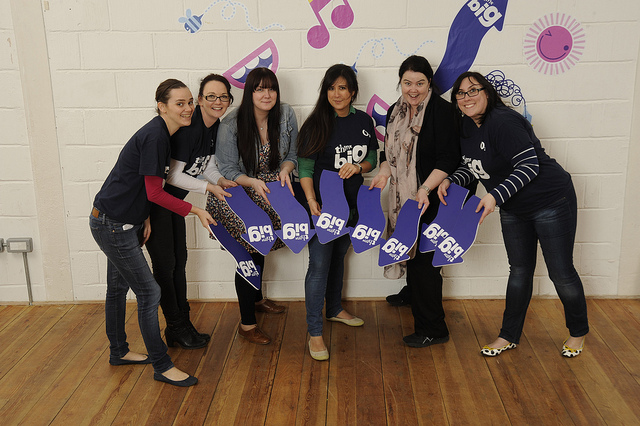From our Telefonica I+D team (@telefonicaid)
We’re trying to be pioneers in applying the lean startup methodology to innovation in a large company. So, what conclusions have we come to?
First, lean innovation really can help us break the commercialisation glass ceiling that innovation usually faces. It’s possible. This in turn then reduces risk and can skim down resource consumption.
Digital ecosystems have radically shifted traditional models of working (those well-established paradigms). This opens up some big possibilities, adding extra layers of richness and dramatically accelerating product lifecycles. The economy is hungry for new products and services.
Taking all of this into account, we’ve found a way to address the challenges posed to us by innovation: the “Lean Startup“.
“Lean Startup” entrepreneurs start small, aim high, fail cheap and fast and, most importantly, learn along the way and close the feedback loop accelerating the path to success for the whole organization. Most of the projects die spending just few resources but some will survive to disrupt the industry and create exponential growth. Lean Startup clearly identifies the specific needs of highly uncertain environments and sets up a strategy to increase the success rate under those circumstances. This is why we thought Lean Startup was the way to go at the execution phase for early innovation.
This methodology gives us an invaluable tool in applying these practices to innovation projects in a big corporation like Telefónica, which is exactly how we began to work two years ago. We started with small initiatives, and were ready to make mistakes and learn along the way by constantly improving the way things are done. All this requires a deep cultural transformation and a totally new environment to foster innovation.
The three main pillars of the framework are:
- Start small and aim high. The level of ambition must be high. We have to believe in the possibility of global reach and the potential to make an impact on everyday life and business. But projects, especially at the beginning, work with bare minimum resources and then invest more as the project progresses and starts to show results.
- Iterate fast to achieve efficiency at all stages. Product investment decisions made along the way should not be based on techl trends but also on by understanding which markets will form for our digital customers in the years to come.
- Fail fast, fail cheap and make sure you learn along the way. Lowering overall risk by minimizing the failure cost for each project.
“Lean Startup” has allowed us to accelerate innovation cycles, through many short iterations within the projects. With a more traditional methodology, innovation projects would focus predominantly on getting working prototypes in a timeframe of around 4 months. The innovation projects which applied the “Lean Startup” methodology start to generate meaningful learnings in 1.5 months or less.
We have also been able to reduce overall risk by minimizing the cost of failure for each individual project and at the same time increase the chances of making a relevant impact in our business by increasing the opportunities to learn and figure out how to build a particular product or service.
Applying “Lean Startup” in a large organisation hasn’t been easy, but we strongly recommend it. To find out more about our experience and learnings, check out our “Lean Elephants” report here.









